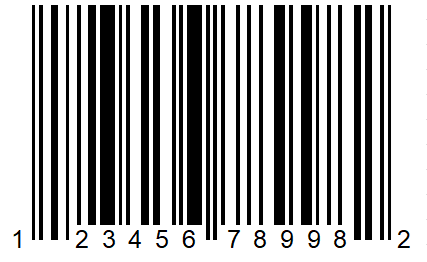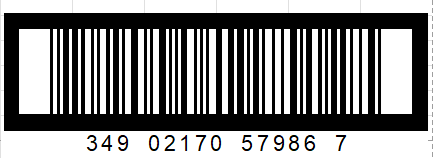History
ITF (Interleaved 2 of 5) was developed in the 1970s specifically for industrial applications where numeric-only data needs to be encoded efficiently.
Learn more about ITF history →Structure & Format
ITF encodes data by interleaving two digits at a time, with bars representing the first digit and spaces representing the second digit, resulting in a more compact barcode.
View ITF structure →Check Digit Formula
The check digit is calculated using the Modulus 10 algorithm with alternating weights of 3 and 1, similar to UPC/EAN barcodes.
View calculation method →Applications
ITF is commonly used in warehousing, distribution, and manufacturing for shipping containers, cartons, and heavy packaging materials.
ITF applications →


